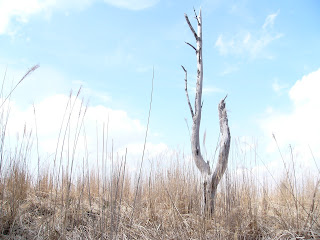 |
| Click to enlarge |
The above picture is a venison with cherry sauce, recipe of which I found online. We Chiiori were fortunate to have a neighbor give us venison as "samples."
Locals say that venisons are best as Sashimi (raw), but I was not so sure about that so I tried several cooking recipes. The thing about venison is that it has so little fat, so if it is cooked thoroughly it becomes very dry. (And I prefer to cook it thoroughly because I am not sure how safe the meat is.) That is when a sweet sauce like this cherry sauce comes in. I tried it with pineapples or apples, and they were also very good.
Unfortunately I cannot guarantee the safety of eating this venison, so I cannot offer it to the guest staying at Chiiori. I'm still alive so far.
Overpopulation of deers are becoming problems in Japan, just like it is in US. Unlike US, Japan does not have a naturally returning wolf population and sports hunting is extremely rare. Only recently Japanese are becoming aware of the problems associated with deer overpopulation, as plants are getting decimated across the countryside, and so are the crops. More and more, people are talking about the use of venisons, and soon there will be a deer meat processing factory in Tokushima as well. That alone would not solve the problem of deer overpopulation, but at least it is more of an environmentally friendly source of meat.













